State of Confusion by The Kinks
Buy State of Confusion The Kinks reached the climax of their second major success phase with State of Confusion in 1983. This album comes at the heart of the band’s early eighties “renaissance” […]
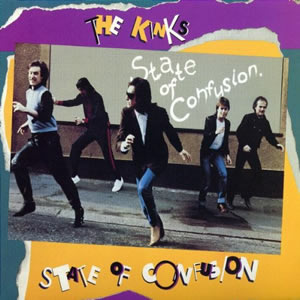
Buy State of Confusion The Kinks reached the climax of their second major success phase with State of Confusion in 1983. This album comes at the heart of the band’s early eighties “renaissance” […]
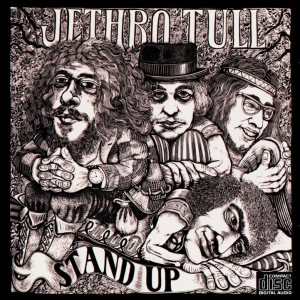
Buy Stand Up 1969’s Stand Up is an early classic by Jethro Tull. The album was produced in the wake of a splitting of musical directions, as the band’s original guitarist Mick Abrahams […]
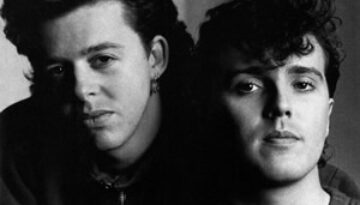
Buy Songs From the Big Chair In the 1980s, Tears For Fears was a progressive/new wave project by composer and vocalist Roland Orzabal and bassist Curt Smith. They reached their commercial peak with […]
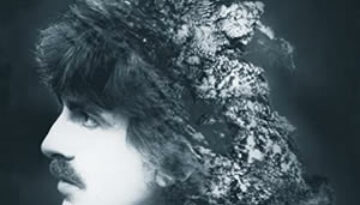
Buy Somewhere in England Somewhere in England was an arduous and frustrating album to produce for George Harrison, taking more than a year to release. The album was critically panned as the material […]
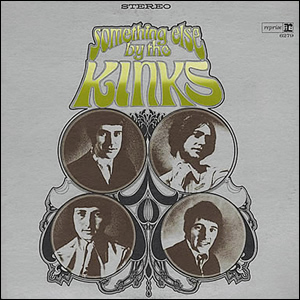
Buy Something Else by The Kinks Something Else by The Kinks was a transitional album which straddled the riff-driven pop songs of their early years and the more artful compositions of the band’s […]
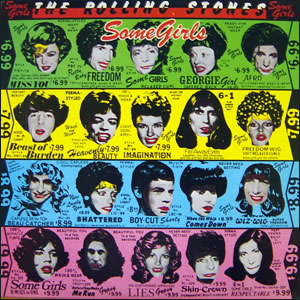
Buy Some Girls Some Girls was a major commercial and critical success for the Rolling Stones in 1978. Here, the classic British rock group incorporated the new genres of disco, punk, along with […]
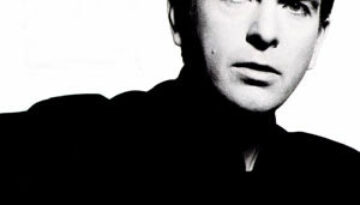
Buy So A little over a decade after departing from Genesis as their elaborate frontman, Peter Gabriel released his fifth and most successful solo album. After releasing four consecutive albums with the same […]
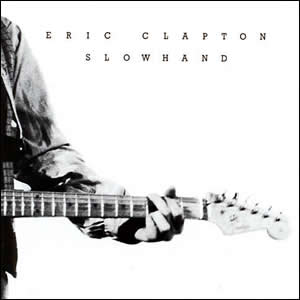
Buy Slowhand 1977’s Slowhand was the pinnacle of Eric Clapton’s pop-rock phase during the late seventies, fusing well-crafted rockers, ballads, alt country, and blues numbers. The album came a few years into Clapton’s […]
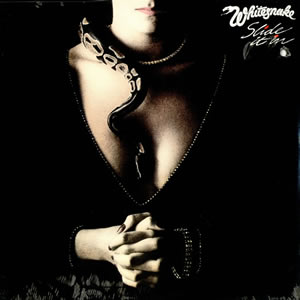
Buy Slide It In Whitesnake made its first real splash with the release of their sixth album, Slide It In in 1984. Although the album was far from a blockbuster hit, a second […]
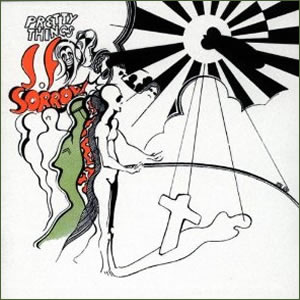
Buy S.F. Sorrow With their fourth overall album released in late 1968, The Pretty Things produced what was arguably the first true rock opera called SF Sorrow. The album was based on a […]